How to keep cool without an air conditioner and cut your electricity bill
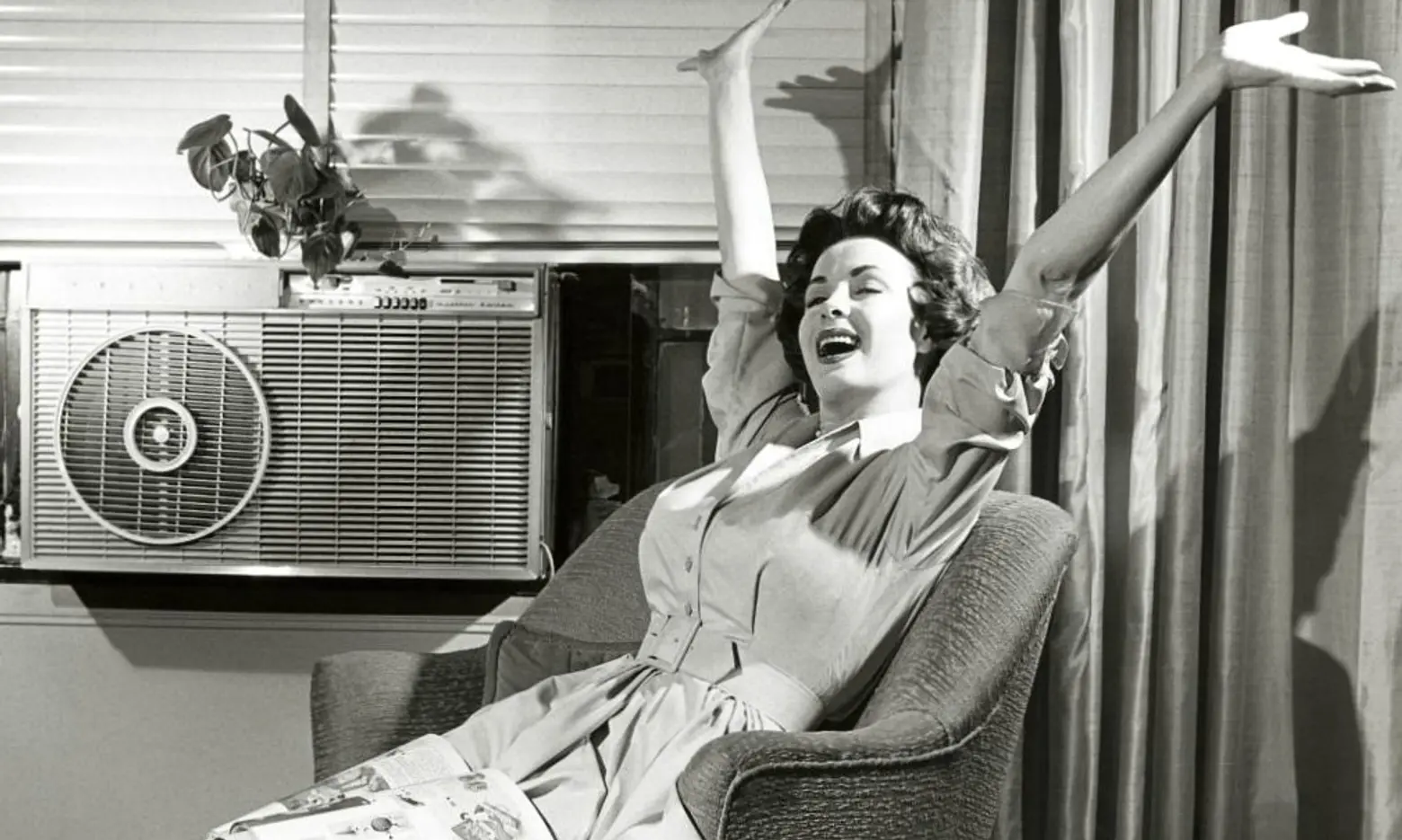
6sqft’s series Apartment Living 101 is aimed at helping New Yorkers navigate the challenges of creating a happy home in the big city. With temperatures climbing, we put together the best products and tips for keeping your apartment cool this summer.
If you’re not one of the lucky ones who has central cooling in their apartment, the summer months can be a challenge. A regular old fan won’t always do the trick, and traditional wall-unit air conditioners are bulky, hard to install, loud, expensive to run, and often associated with health risks such as respiratory issues, headaches, and skin irritation. If you’re looking to try something new this season, 6sqft has rounded up several products and innovations perfect for keeping apartment dwellers from sticking to the sheets when the mercury rises. We’ve also put together a list of tips for those who want to go completely off-the-grid and for those who simply can’t give up the wall unit, but want to be less wasteful.
ALTERNATIVE PRODUCTS
Geizeer ↑
Though this instant cooling cube, which operates at a cost of less than one cent per day, was developed with the work place in mind, it can surely do double duty in an apartment. The small cube is made of two wooden frames that serve as a thermal insulator. Inside one cube are the cooling elements — a refrigerant mixture and an ice pack. The other, the base, has a rechargeable battery and a micro USB with PCBs. A DC brushless fan sucks in the air in from the top, and it’s then cooled inside and pushed back out through the space between the two halves. It lasts about four hours before melting. The product starts at $168.
Cold Pot ↑
Here’s another compact, table-top option. Cold Pot was created by product/industrial designer Thibault Faverie, who was inspired by the natural process of evaporation to gradually lower temperatures. The porous terra cotta body absorbs water from a two-liter reservoir inside and sends it to the outer surface where it evaporates. The change from liquid to gas cools the vessel and thereby the aluminum pipe inside where air circulates. Then, a quiet electric fan pushes air from the pipe out into the room. This is definitely not for large spaces, and Faverie has yet to start officially selling Cold Pots, but you can learn more about the product on his site.
4-in-1 Cool Misting Fan with Humidifier ↑
Taking the theme of water one step further, this 4-in-1 cool misting fan with humidifier from the Sharper Image will keep your room temperature comfortable all year round. It’s a mister, misting fan, cooling fan and ultrasonic humidifier in one. In the summer, the mister and cooling fan are the perfect combo for small spaces, while the misting fan works even better for large rooms. It oscillates 360 degrees, has three wind speeds, can provide up to nine hours of mist, and costs $200.
When the Dyson Air Multiplier hit the market about eight years ago, it was plastered across every design and tech blog, and all these years later, its sleek design is still popping up everywhere. The company’s bladeless fans use a bottom grill to take in air, which is then transported through the “loop amplifier” (the big circle) and pushed out through a tiny aperture at the front of the ring. In addition to looking cool, the benefits of the Dyson fans are: safety (there are no fast-spinning blades); a sleep timer; a remote to control 10 airflow settings; no choppy air (thanks again to the lack of blades); and major noise reduction, all of which will allow users to consume 40% less power. The only downside may be the price — the standard desk fans are typically $300 and the tower fans $400.
If you want to go the ceiling fan route, Kichler’s Pendant Fans are a great choice. Unlike traditional models, they’re only 15 inches in diameter, perfect for tiny apartments. They also are as easy to install as a regular overhead light and only use about 45 watts of power to cool a room (whereas standard ceilings fans can use up to 100). They’re available in three finishes and are priced at around $300.
ChiliPad ↑
On-the-go New Yorkers often use their apartments for not much more than storage and sleep, and if you’re one of them, you may only need to be cooled while in bed. For that, there’s ChiliPad, a cooling mattress pad. There are coils in the pad through which water flows; it’s pumped from a temperature control unit that’s placed beside the bed and connected through a tube on the side. There are also dual temperature zone options, meaning each side of the bed can be controlled separately. It costs a fraction of running a traditional air conditioner. And in the winter, it can be used as a heating pad. The price is steep, starting at $500 for a twin-sized single zone and going up to $1,100 for a California king-sized dual zone.
STICKING WITH THE WALL UNIT
Smart Phone Management
The wave of the future in home appliances is programs that allow them to be controlled remotely. ThinkEco sells the Modlet, a device that plugs into an outlet and allows an appliance to thereby become WiFi connected. It sends data to the cloud and lets users monitor its usage 24/7 through their app. It charts energy use, intelligently turns off devices to eliminate “vampire energy waste,” and lets you set a schedule for the device. Through their Smart AC program, Con Ed offers Modlet to its customers for free.
Think Green
Today, there are wall units that are more eco-friendly than standard models. Here are some key points you should look for when selecting a green air conditioner:
- Programable settings: Like the apps above, a unit that comes with a programable thermostat allows you to save energy while not at home or sleeping.
- Two-stage compressors: This is the part of the unit that uses the most energy, but by doubling up they’re able to work less (i.e. compress less heated vapors) on not-as-hot days.
- Size: Contrary to what you may think, a smaller unit won’t necessarily save energy; in fact, it’ll work even harder to cool the room if it’s not large enough.
- Energy Efficiency Ratio: This calculation, the ratio of the cooling capacity (Btu) to the power input (watts) should be above 10.
If you’re going this route, see 6sqft’s guide to choosing and installing an air conditioner.
OTHER TIPS
If you really want to go au naturale, here are some tips for beating the heat without using a drip of electricity.
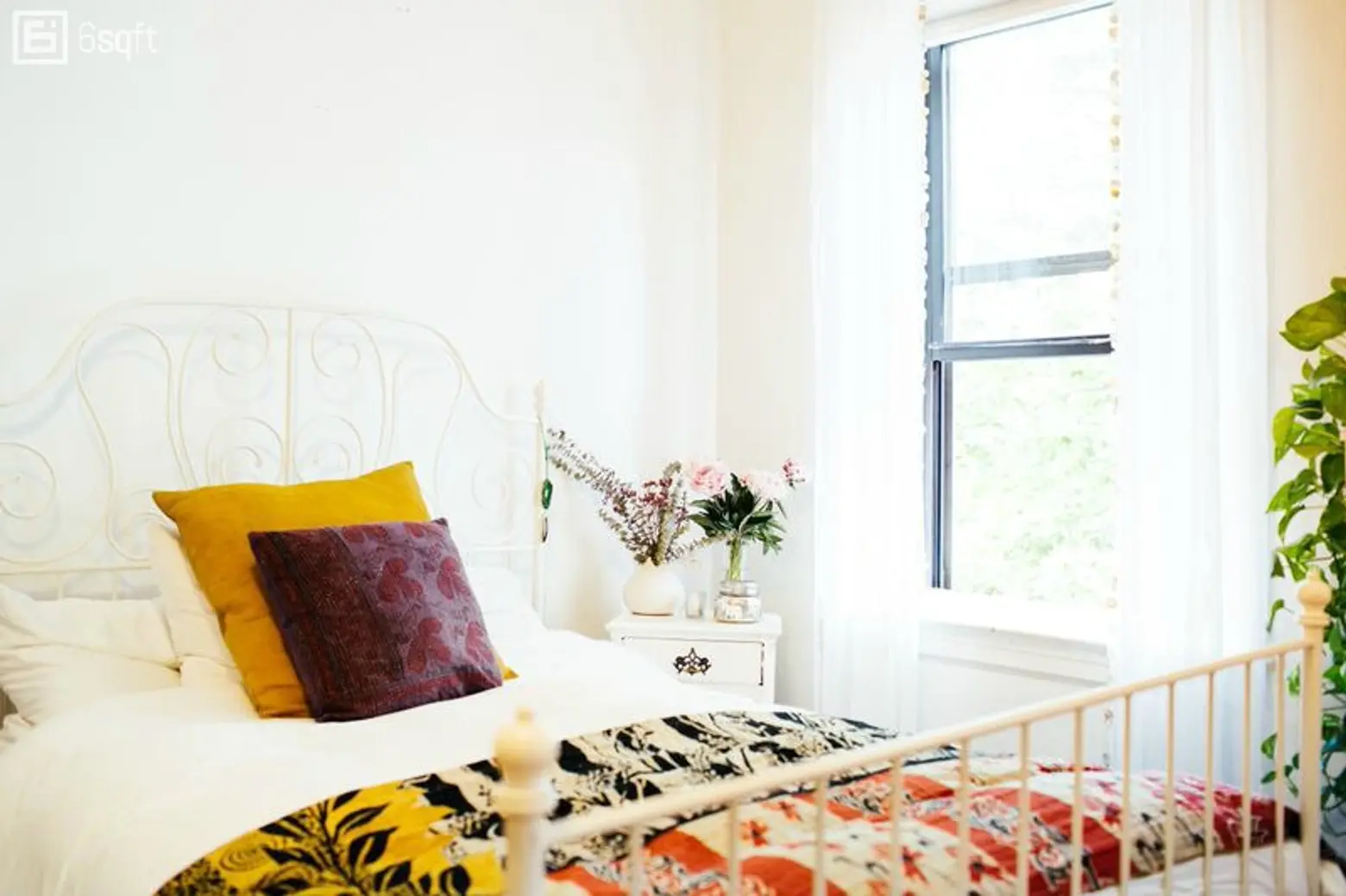
Airy curtains and white, cotton bedding. Image via Erin Kestenbaum for 6sqft.
Spritz Your Curtains
This is a major DIY take on the water-evaporation products above. If you have your windows open, use a spray bottle to mist your drapes with ice cold water. When a breeze comes in, the curtains will cool the air. To make it more effective, opt for a light color. Dark drapes will hold more heat.
Manage Windows
This seems like a no-brainer, but many of us think keeping the windows open all the time is the best way to keep an apartment cool. Instead, keep them open at night when the temperature is lowest. Then, close them during the day, trapping in this cooler air. Draw the curtains as well, keeping out heat from the sun; as much as 30 percent of heat can come from your windows.
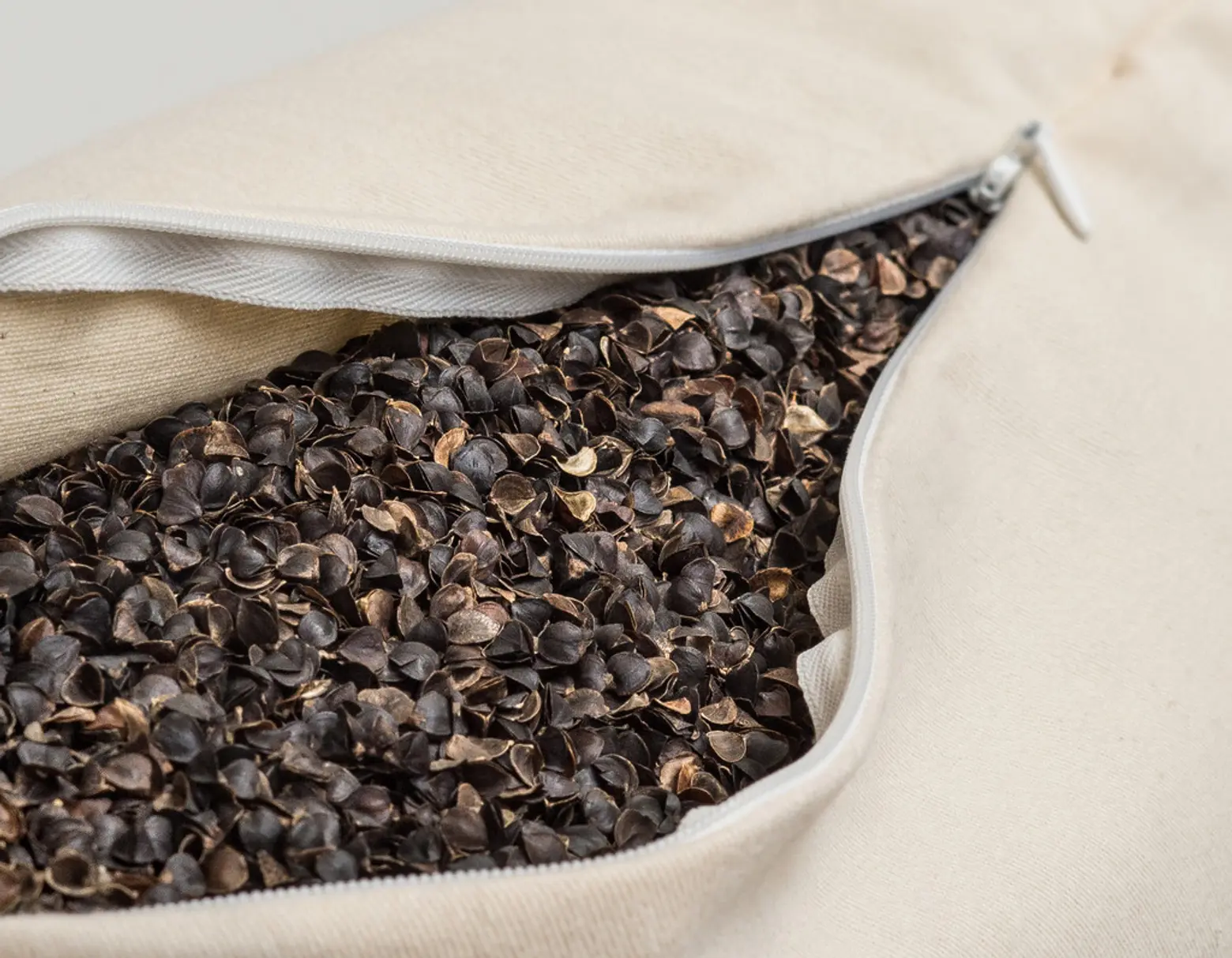
A look inside a Buckwheat pillow, via Comfy Comfy
Swap Your Sheets and Pillows
We assume you’re not sleeping on flannel in July, but do consider opting for cotton, which breathes well and stays cooler than other fabrics. Buckwheat pillows are another good idea. Their hulls conform to the contours of your head and neck, providing support, but also allowing air to flow around you, instead of holding onto body heat like regular and foam pillows.
Utilize the Freezer
Stick your pajamas in the freezer before bed as a way to lower your body temperature. Frozen water bottles are another great way to keep your body, bed, or couch feeling cool.
Buy Plants
Plants‘ natural process of photosynthesis, in which they use water and sunlight to create their own food, causes them to take in heat. It might not make the temperature drop significantly, but it’ll certainly help, especially if you decorate with plants that require a lot of sunlight.
Unplug
Believe it or not, running your laptop and keeping a lot of lights on will generate more heat. Keep appliances off when they’re not in use, and consider ordering in instead of turning on the oven. Have incandescent bulbs? Ditch ’em; up to 90 percent of their energy is wasted in heat emission. Use instead LEDs or CFLs.
+++
RELATED:
Get Insider Updates with Our Newsletter!
Leave a reply
Your email address will not be published.
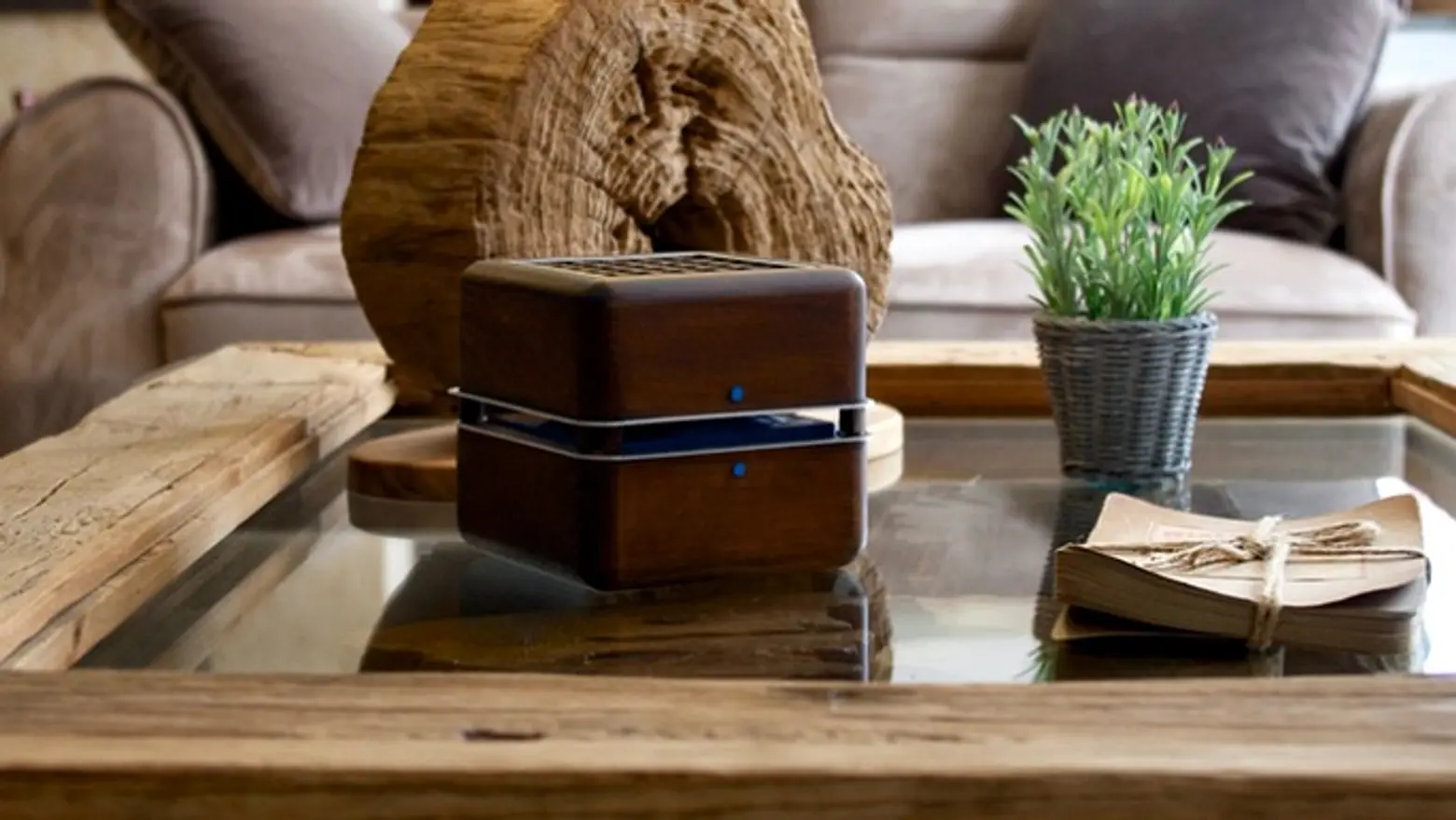
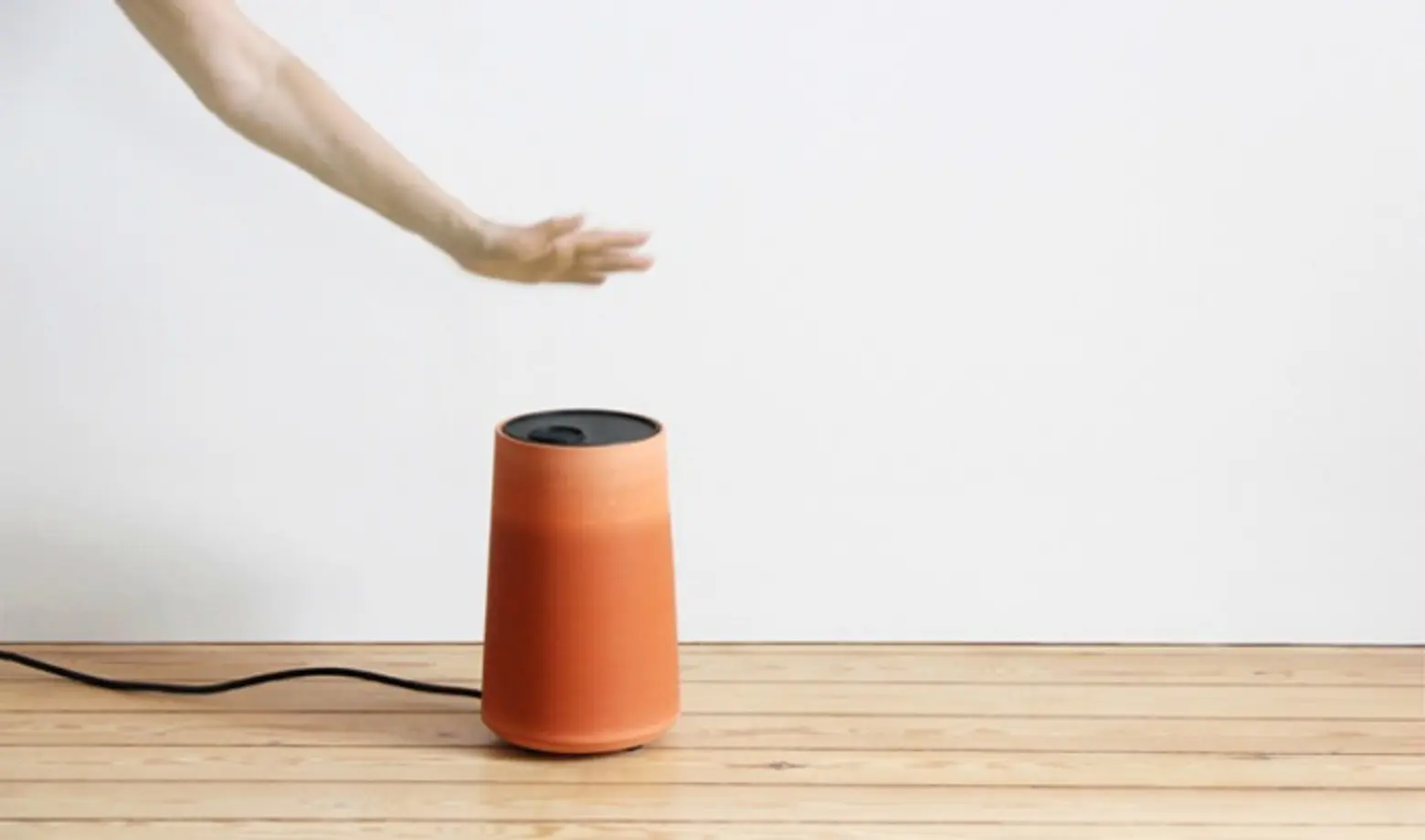
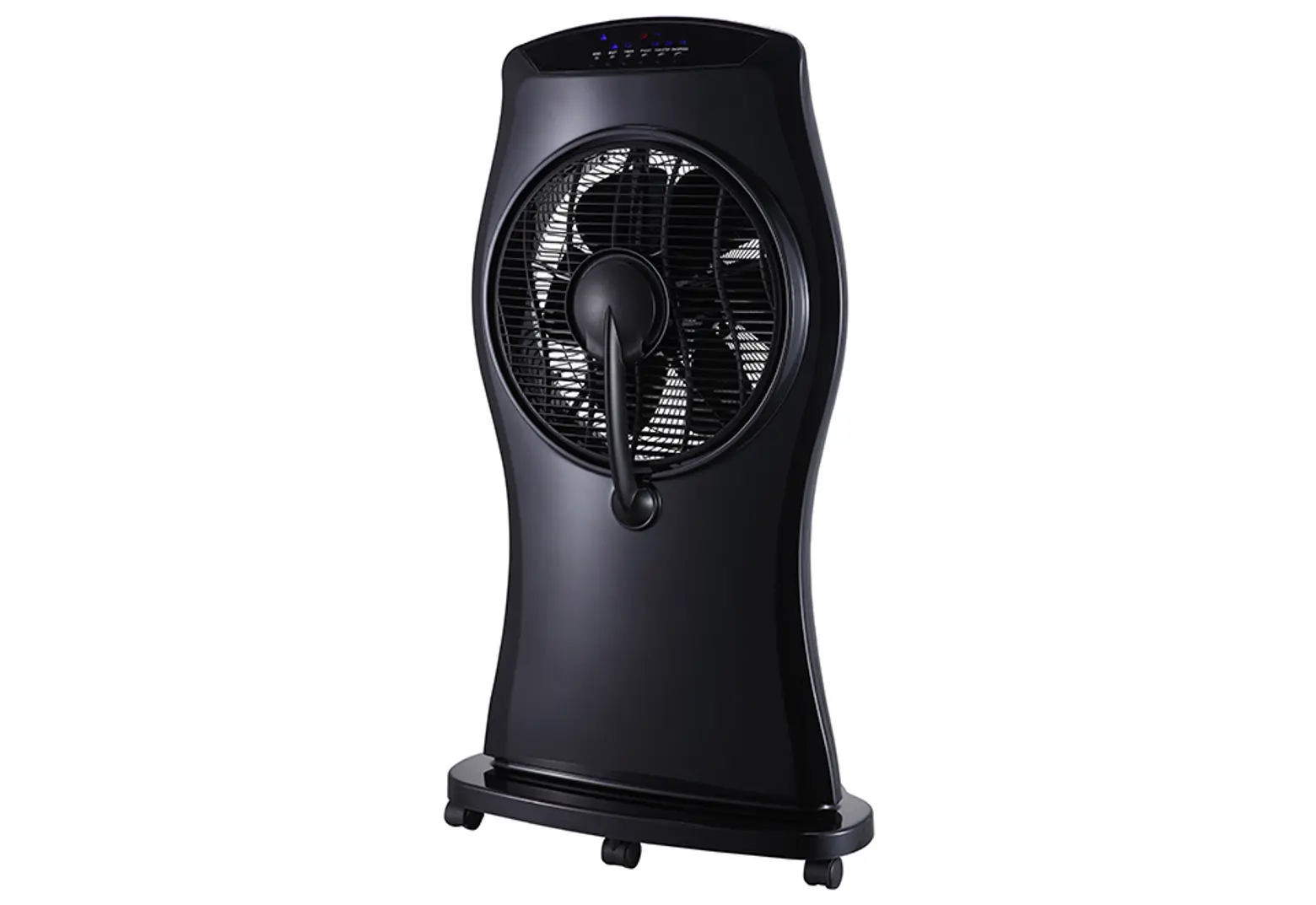
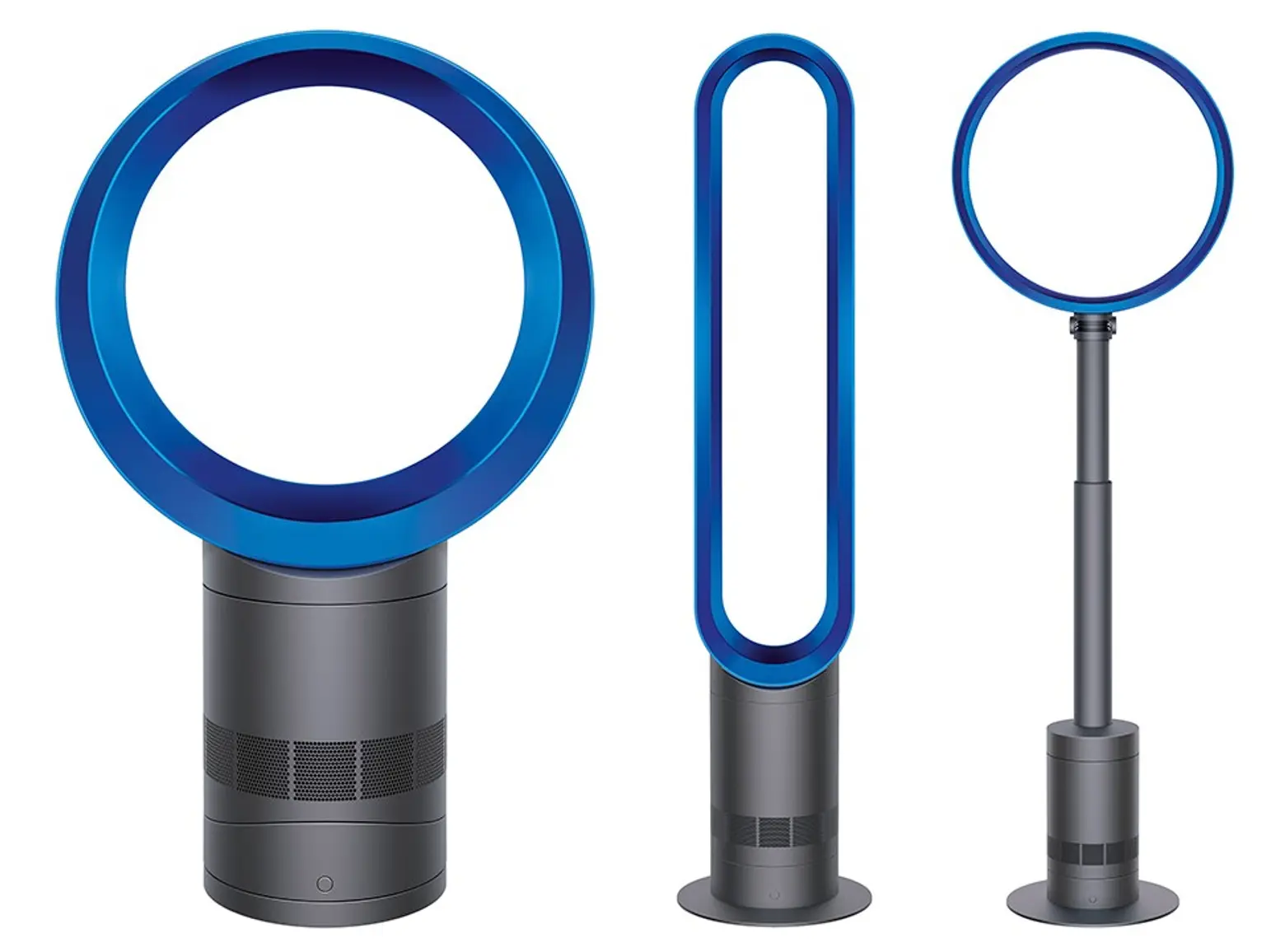
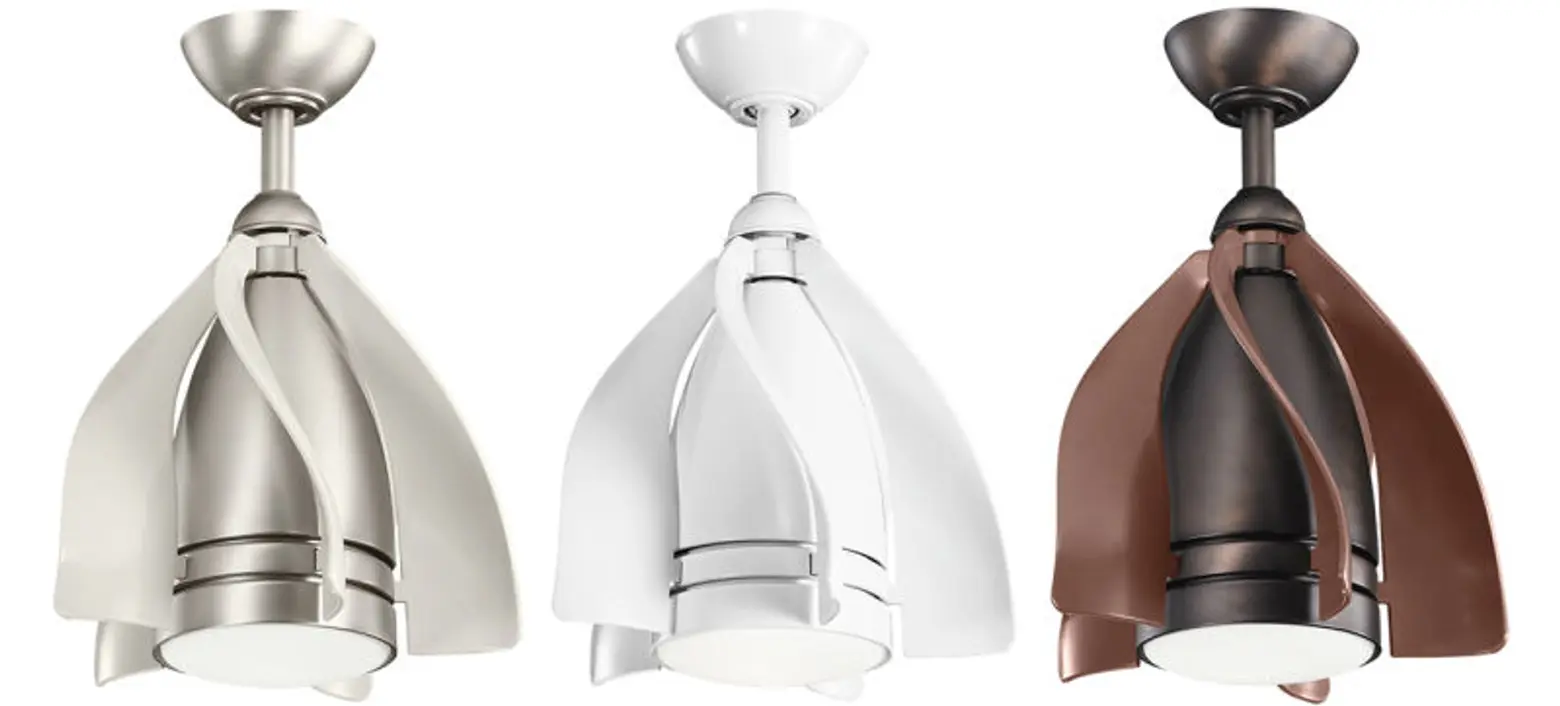
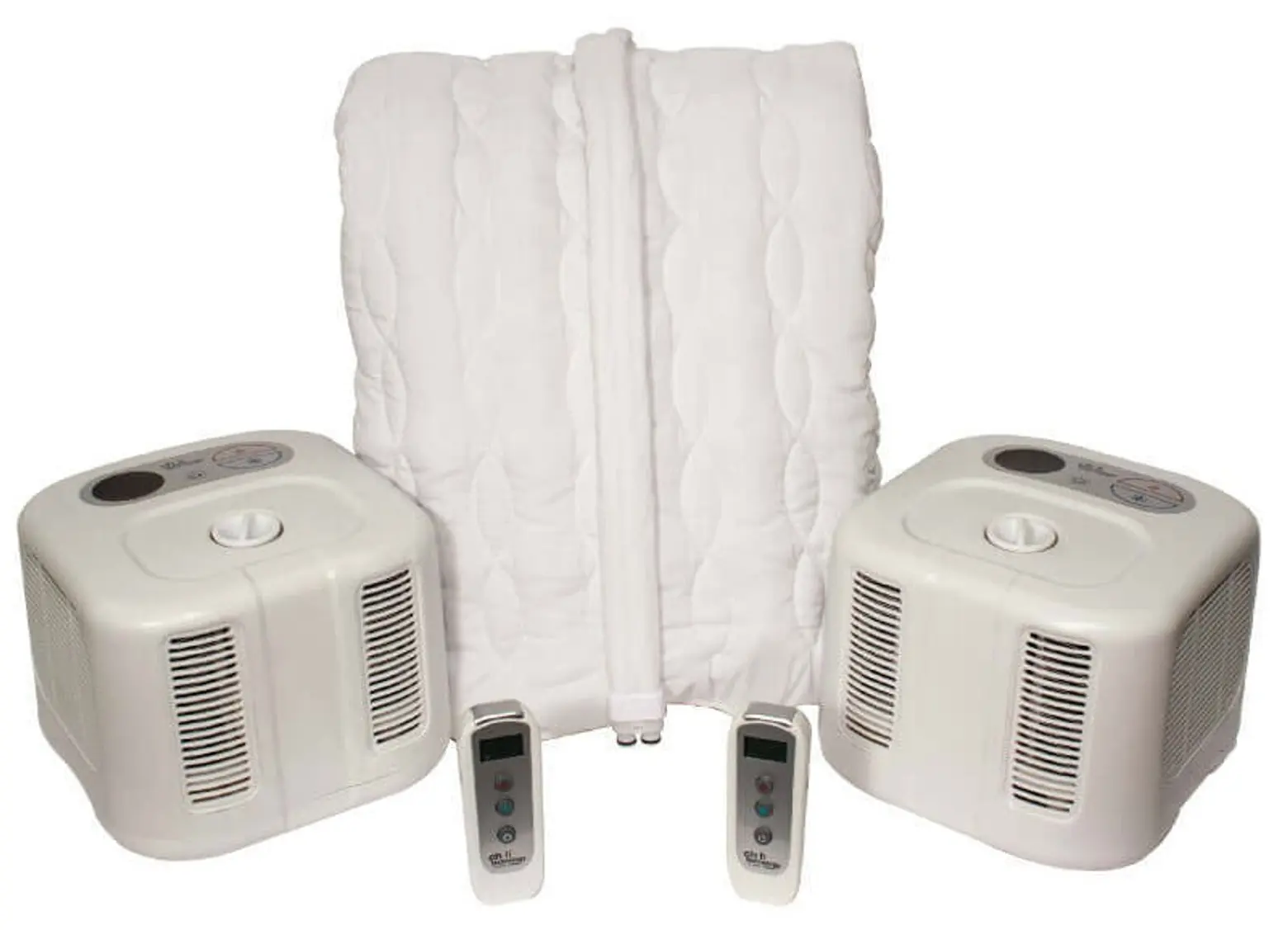
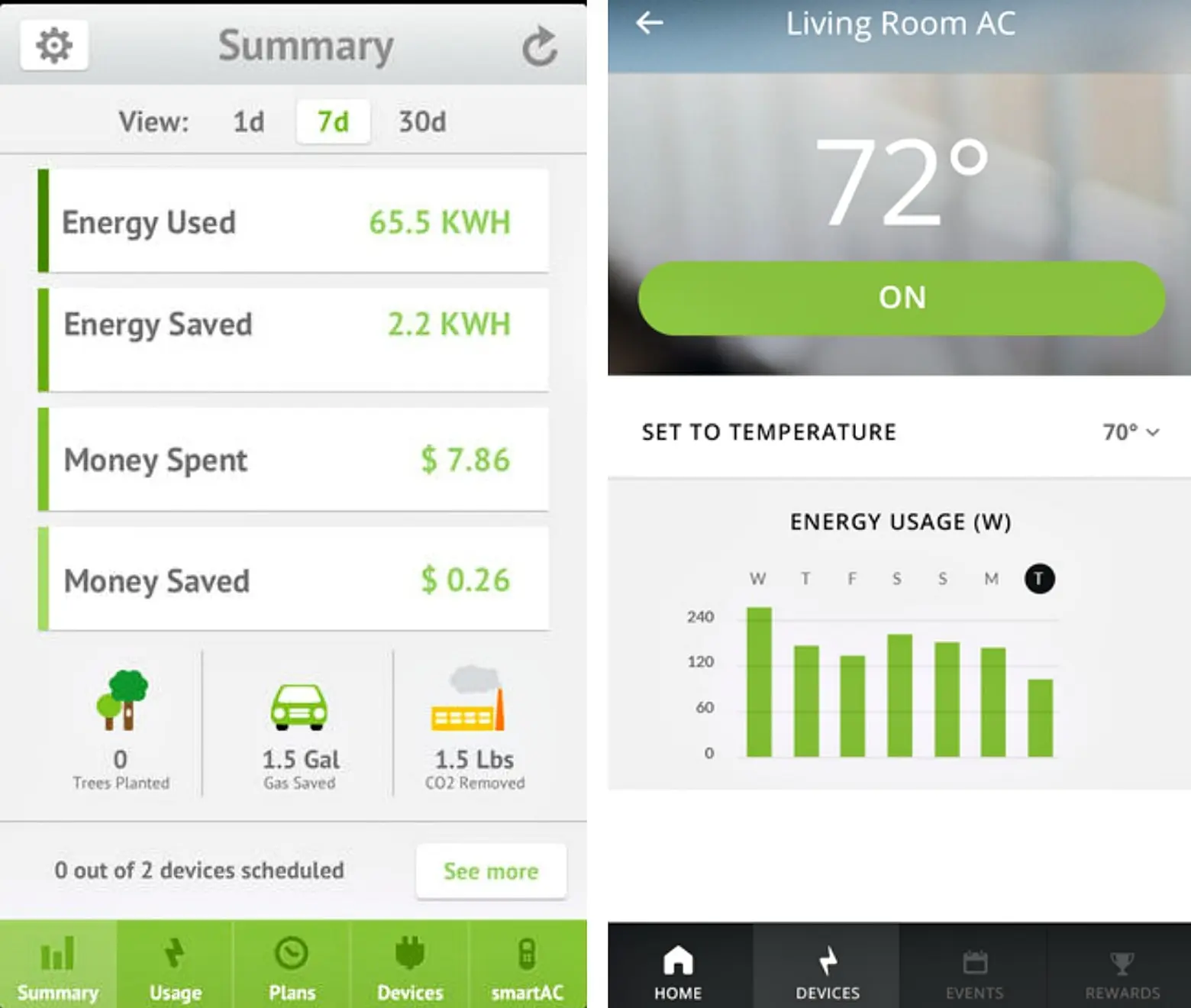









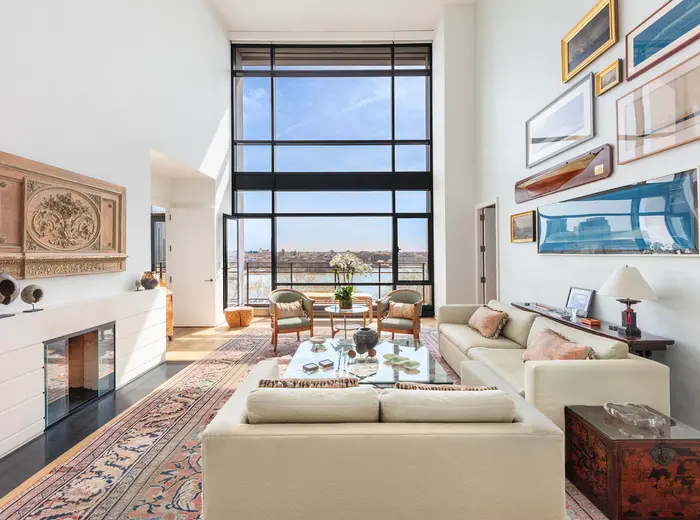
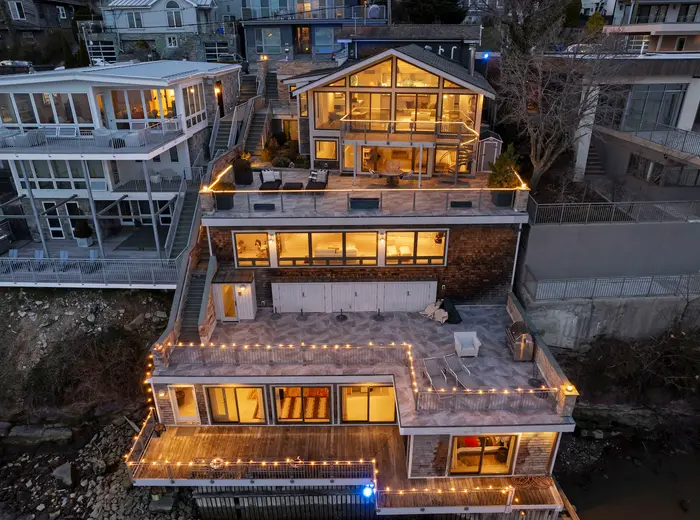





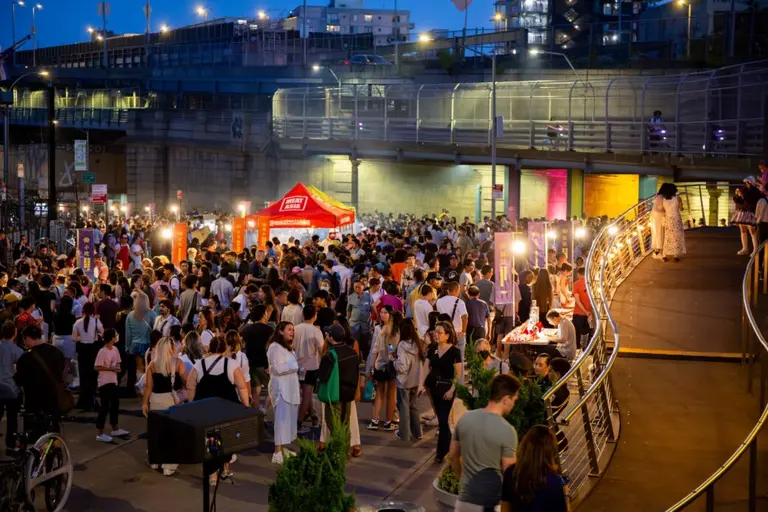













While I love your inclusion of ‘natural’ solutions, water based/evaporation systems are not as useful in humid heat. Why? Because water can’t evaporate when the air is already saturated with moisture. So, I’m not sure how effective the Coldpot and water spraying system ideas would be in the hazy hot and humid summers in NYC.